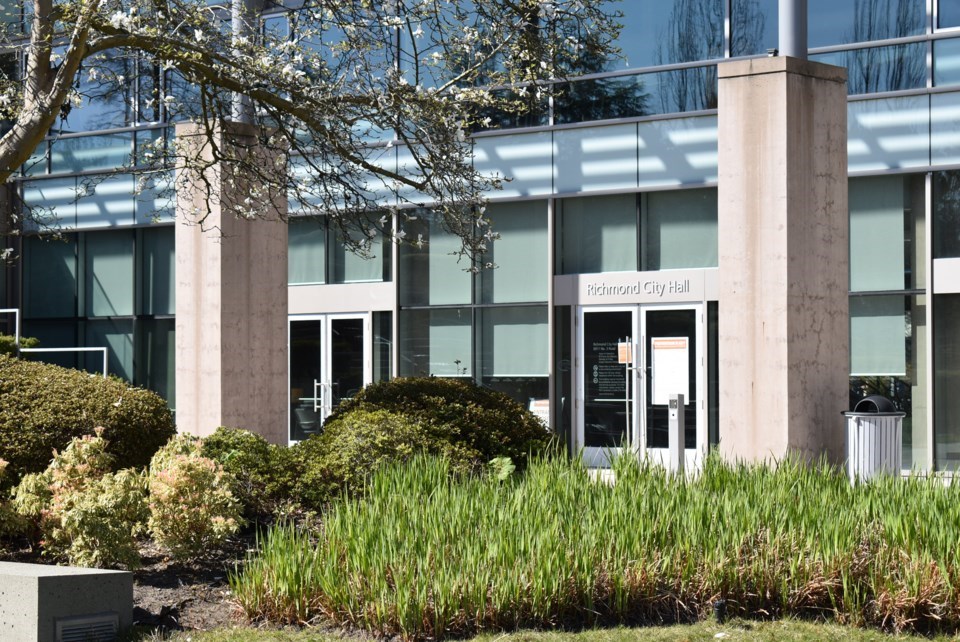The City of Richmond is receiving a one-time grant of $20 million as part of the 2023 provincial budget.
This is Richmond’s portion of $1 billion in grants that are being split up between all 188 municipalities in B.C.
According to the province, the Ministry of Municipal Affairs will provide guidance over the next few weeks on how municipalities can use the fund.
Richmond-Steveston MLA Kelly Greene told the News the grants are in recognition of the fact municipalities have a lot of aging infrastructure at the same time as people are moving to B.C. in record numbers, putting more pressure on services.
The Growing Communities Fund could be used for child-care centres at community centres, dyking projects or bike lanes, Greene said as way of examples, and costs are rising in all these projects.
“We know there are inflationary pressures on capital projects,” she added.
Where the money is used will be “city-led” projects, with “quite broad” parameters on how it can be spent.
Municipalities will need to show how the money was used in their audited statements.
Richmond Mayor Malcolm Brodie called the grant “unprecedented” in both its size and the fact the city has a wide berth on how to use it.
He said some examples for how it could be used include for public safety, sustainability projects, affordable housing or child care.
“There is an endless list of viable, valuable projects for which we could use this (money),” Brodie said.
There is, however, “no rush to spend the money,” he added, saying most likely need will determine how it’s spent.
Iona treatment plant project boosted by $250 million
In other provincial money, the Iona Wastewater Treatment Plant received $250 million towards its rebuild.
The total Metro Vancouver project, however, is estimated to cost about $10 billion.
The wastewater plant rebuild will include upgrading the wastewater system from a primary system to a tertiary one, building it to protect against earthquakes and sea-level rise as well as restoring fish habitat, protecting bird habitat and enhancing terrestrial ecosystems.
The current treatment plant was built in 1963, and it is one of the last large primary wastewater treatment plants on the North American west coast.
Having a tertiary system means toxins like nitrogen, ammonia, metals, and microplastics will be filtered out.



